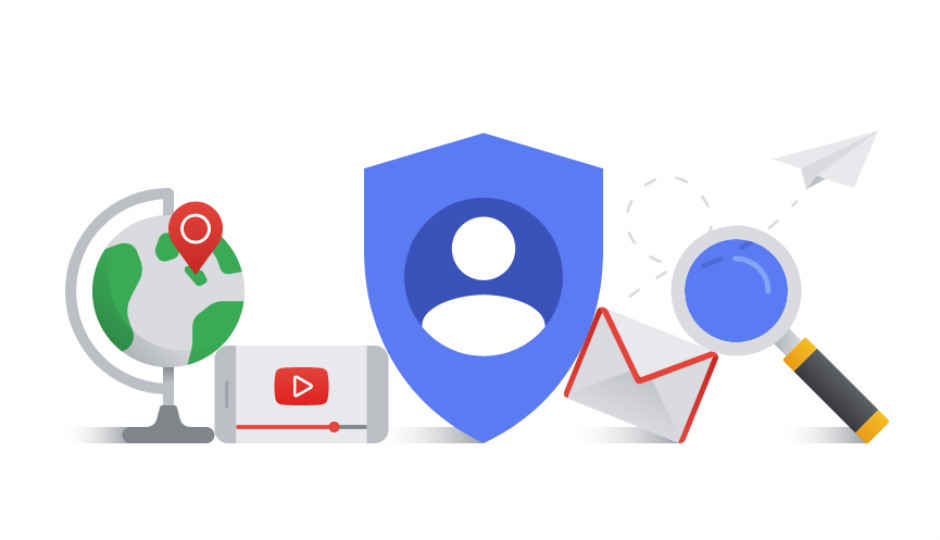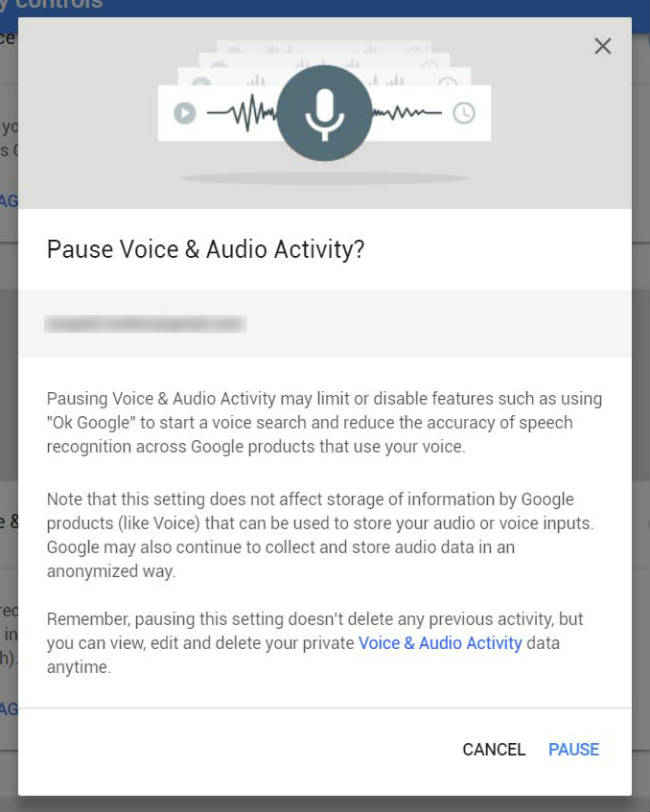Google updates Privacy Policy to be user-friendly, but doesn’t change any data collection practices
Google has revised its entire Privacy Polilcy. However, there are no changes to the information Google collects or how it collects and uses said information, only that the new Privacy Policy page is now devoid of any “legalese” so that users know in clear terms what Google is doing.

The General Data Protection Regulation is set to go live on May 25, 2018 and in order to be compliant with the new law, Google has revised its entire Privacy Policy. To be very clear, there are no changes to the information Google collects or how it collects and uses said information, only that the new Privacy Policy page is now devoid of any “legalese” so that users know in clear terms what Google is doing. Additionally, there are now more controls available to the user to aid in the review of Google security, privacy and settings.
 Survey
SurveyThe primary goal of the new Privacy Policy document is to be more transparent with Google’s data collection and use. To this end, the company has not only made the Privacy Policy a lot more user friend to read, but there are also multiple videos you can watch to get an understanding of how things work. William Malcolm, Director, Privacy Legal EMEA at Google said in a blogpost – “We’ve improved the navigation and organization of the policy to make it easier to find what you’re looking for; explained our practices in more detail and with clearer language; and added more detail about the options you have to manage, export, and delete data from our services. The policy now also includes explanatory videos and illustrations, because a visual description can be easier to understand than text alone. And we've made it easier to jump to your privacy settings directly from the policy, helping you make choices about your privacy.”
Besides making its policies on data collection and use clearer, Google is also making the Privacy Controls a lot more prominent. You can go to www.myaccount.google.com to get access to the comprehensive set of tools that will let you review the content collected by Google. Here, you can delete data, or even turn data collection off for certain Google services. For example, Google turns on the microphone on your Android smartphone from time to time to pick up short audio to better identify your voice. You can review all the audio clips that Google has collected, along with deleting them and turning the feature off for good. The same applies to Google Maps, which uploads a very detailed account of your movements to Google. However, it is important to note that if you are to turn all features off, you won’t be getting the best out of these services. For example, if you disable data collection by Maps, it may not be able to prompt you when to leave for your work so that you can arrive there by a certain time. While trying to turn off Voice & Audio Activity

It would be a very good idea to go through the new Privacy Policy to understand the full depth of how much information Google is collecting from everyone who uses their services. One part of the policy reads “If you use our services to make and receive calls or send and receive messages, we may collect telephony log information like your phone number, calling-party number, receiving-party number, forwarding numbers, time and date of calls and messages, duration of calls, routing information, and types of calls.” There is a lot of information in there that might alarm you, but Google consistently has reassured the world that it handles user data with the utmost care.
Google explains that all the user data it uses for ad-targeting contains no personally identifiable information. Additionally, the company also explains that whatever it collects, much of the information is anonymised. Google also explains how it anonymizes the data so that you have full clarity on the fact that your personally identifiable information is not being shared with third parties. Google does clarify the instances in which it will share private information with third-parties in its Privacy Policy.
Google’s move to update its Privacy Policy stems from two critical events in recent history. First, it is the passing of the General Data Protection Regulation in Europe which requires companies like Google and Facebook to be very clear about what they collect and how they do it. The GDPR also requires the companies to give users control over the data collection. Second reason is that politicians repeatedly criticized Mark Zuckerberg for hiding behind the “but it was in the ToS” argument, stating that most people do not even read the Terms of Service due to the purposely dense legal language used in the document. The ToS, by design, is written in a way to deter people from reading it. Google’s new Privacy Policy couldn’t make things clearer.
Companies like Google and Facebook heavily rely on user data to not only generate business, but also refine their own services. The amount of money Google has invested in developing it Neural Networks is staggering, and the cost of doing that would have been much higher had they not had access to users’ data. The end result is that you get products that are naturally smarter, more intuitive and mindful of your needs and preference, making life a lot easier.
Swapnil Mathur
Swapnil was Digit's resident camera nerd, (un)official product photographer and the Reviews Editor. Swapnil has moved-on to newer challenges. For any communication related to his stories, please mail us using the email id given here. View Full Profile